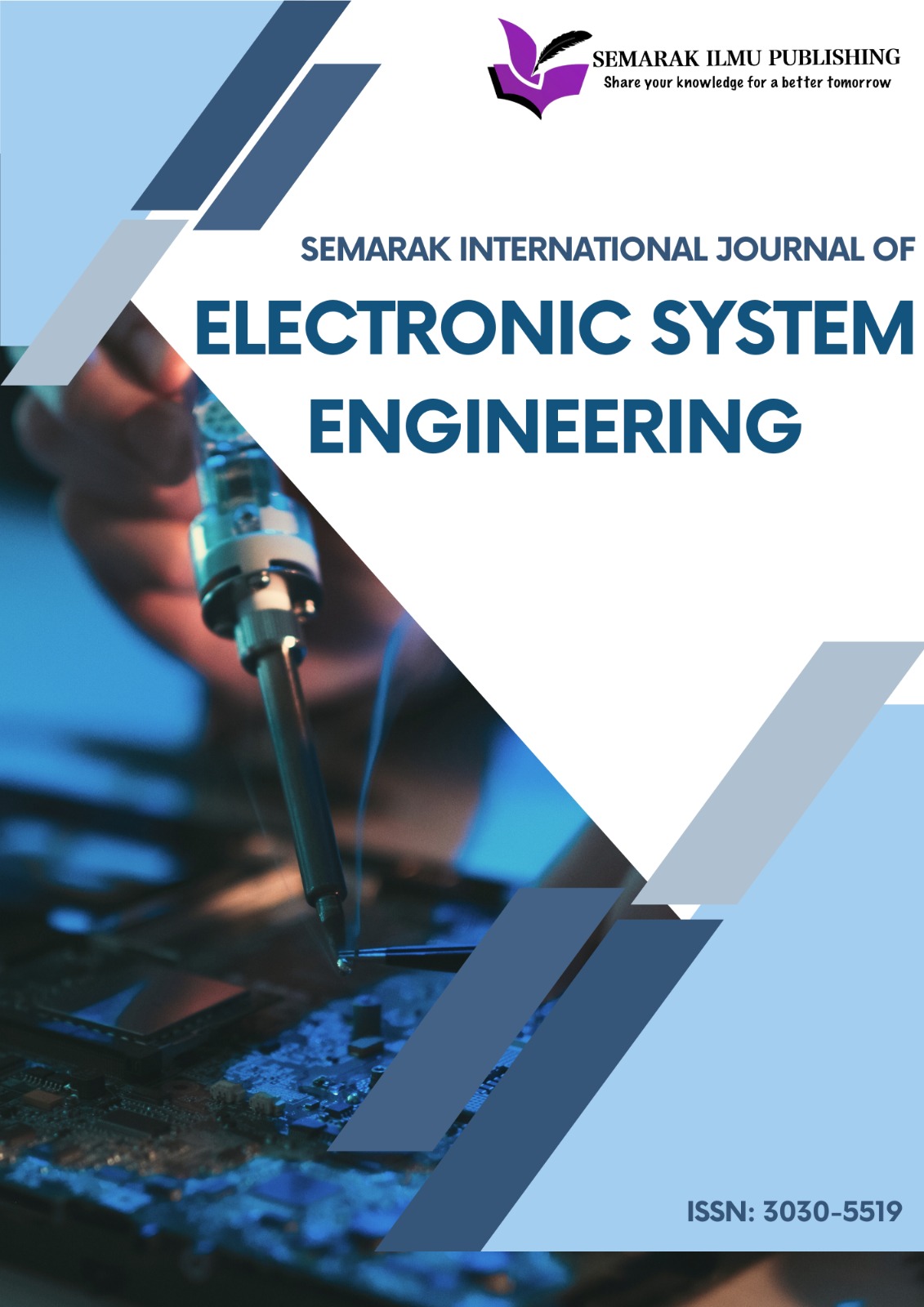A Network Model of Electric Vehicles Charging Station (EVCS) In Malaysia
DOI:
https://doi.org/10.37934/sijese.1.1.4659Keywords:
Electric Vehicle, Electric Vehicle Charger Station, Network Model, PollutionAbstract
Electric vehicles (EVs) have been introduced over the past decade and have played a crucial role in reducing pollution in our country. This is evident as EVs utilize electric motors to propel, in contrast to regular petrol-based vehicles. The Malaysia Green Technology and Climate Change Corporation (MGTC), under the Ministry of Environment and Water (KASA), introduced the Electric Mobility Blueprint (EMB) in 2015, aiming to reduce the percentage of carbon monoxide gas by the year 2030. In response to the growing EV market, the ministry has expanded the capacity of electric vehicle charging stations (EVCS) nationwide. However, it should be noted that EVCS are primarily available in focused areas such as urban centers, shopping complexes, hotels, and along highways (R&R), as highlighted by the ministry. The objective of the study is to develop a network model for EVCS in Malaysia. This study aims to identify the locations of EVCS throughout Malaysia. These locations are gathered from online applications such as SETEL, JomCharge, ChargeSini, AgmoEV, ParkEasy, etc., and mapped on Google Maps to construct an EVCS network model in Malaysia. This model serves as a reference for companies or agencies interested in establishing new charging stations, based on specific criteria. Therefore, further investigation is necessary to determine potential locations for building EVCS sites, in accordance with the guidelines set by policymakers.
Downloads













